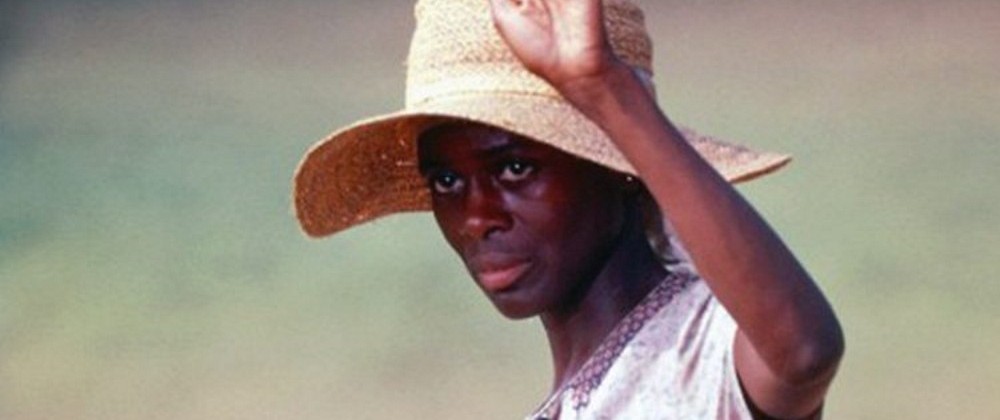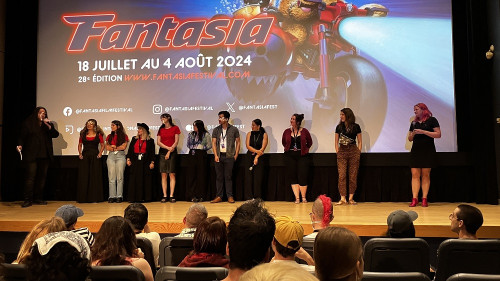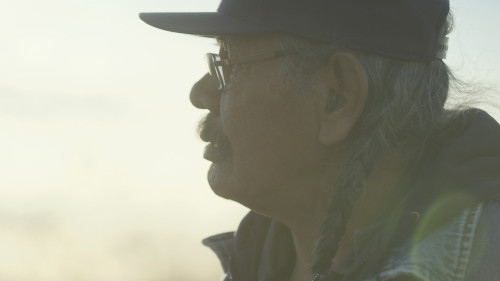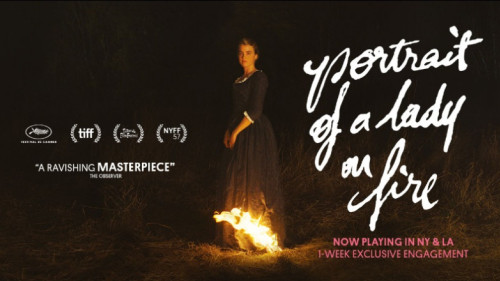Volume 25, Issue 9-10 / September–October 2021
From Bill Gunn to Barry Jenkins
In this issue
-

Writer and filmmaker Kathleen Collins (Losing Ground): An Appreciation
-

Queen and Slim and Deconstructive Protest Cinema
-
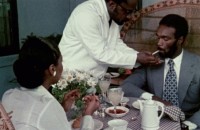
The Uniqueness of Bill Gunn’s Ganja & Hess
-

A Meditation on Haptic Visuality in Bill Gunn’s Avant-Garde Horror, Ganja & Hess
-
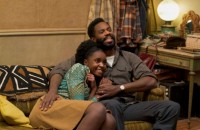
Love and Resistance in the Work of Barry Jenkins
-

Humanity’s Children: Charles Dickens, James Baldwin, Boyhood, and Moonlight
Are categories such as majority and minority art arbitrary?
-

Do the Right Thing (Spike Lee, 1989): Still Relevant
-
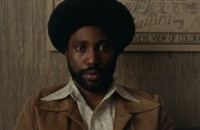
The BlackKklansman (Spike Lee, 2018)
-
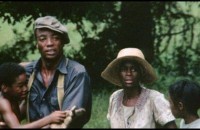
For My People, All People: Cicely Tyson, Angela Bassett, Viola Davis, Regina King; and Sharrell Luckett’s books Black Acting Methods: Critical Approaches and African American Arts: Activism, Aesthetics, and Futurity
-

Decoding the Politics of Hollywood Whitewashing through M. Night Shyamalan’s The Last Airbender
With Black Cinema experiencing a heck of a renaissance due to a confluence of social and cultural factors (Obama’s presidency, Black Lives Matter movement, raised awareness of diversity issues) and the flowering of some great young (and youngish) filmmakers (Barry Jenkins, Ava Duvernay, Jordan Peele, Steve McQueen, Tim Story, Dee Rees, Ryan Coogler, Gerry McMurray, Reinaldo Marcus Green, Garrett Bradley, Shaka King, Xavier Burgin, and many others), the time felt right for an issue (double as it turned out) highlighting some important Black filmmakers spanning from the 1970s to today. So this double issue looks at the work of Bill Gunn, an iconoclast writer, poet, actor and director who died far too young at age 59 in 1989 yet left an important body of work in film and television. For this issue I look at what I think is his masterpiece, Ganja & Hess, through an essay and a companion piece audio-visual essay. In his essay on Kathleen Collins, Daniel Garrett notes, “The literature and cinema of Kathleen Collins inspires a more thoughtful view of art and experience than is usually brought to African-American phenomena, one that accepts human complexity and diversity, not merely sociological category and information, as being of central importance.” Pointedly said, Collins, and to a lesser extent the director of Ganja & Hess, Bill Gunn, have made films that do not neatly slot into what the mainstream viewer or producer of mainstream cinema, think of when they think of sellable black entertainment. Both Kathleen Collins’ remarkable single feature film Losing Ground and Ganja & Hess are films full of heady ideas, philosophical and spiritual, with complex, smart, and at times unsympathetic characters that ask viewers to fully engage in more than just action and easy entertainment. The characters in these two films are not ‘hero’ types but philosophers, artists, introverts, professors, and anthropologists. Unfortunately Black Cinema lost two important figures and potential film giants when both Collins and Gunn died far too young from illness (Collins at age 46, Gunn at age 59). But hopefully with the recent successes both critically and financially (though that is hard to access in these pandemic times) of films such as Garrett Bradley’s America and Time, His House (Remi Weekes, 2020), Queen and Slim (Melina Matsoukas, 2019), and the TV films and shows Black Box (Emmanuel Osei-Kuffour, Jr., 2020), Steve McQueen’s five Small Axe 5 TV films, and Jordan Peele’s ongoing influence as both a producer and director with the Twilight Zone reboot and Lovecraft’s Country, the impression of what Black Cinema means will not even be a question that needs asking. Within the context of Black Lives Matter, George Kowalik examines the recent wave of black cinema in terms of cultural value, political motivation, and active engagement with the industry’s historic neglect of voices of colour. Kowalik uses as his main case study release Queen and Slim, as their natural culmination, but also signpost for where contemporary cinema must go next. The remarkable work of Barry Jenkins is treated by both George Kowalik and Daniel Garrett. Kowalik sifts out common themes across Jenkin’s four major projects Medicine for Melancholy (2008), Moonlight (2016), If Beale Street Could Talk (2018), and The Underground Railroad (2021). In his essay “Humanity’s Children: Charles Dickens, James Baldwin, Boyhood, and Moonlight” Daniel Garrett looks at Jenkin’s Moonlight as a “child” of Charles Dickins, James Baldwin and other great literary figures (Dostoevsky, Henry James, Balzac, etc.). Both Moonlight and Boyhood are coming-of-age stories, a narrative form which continues to generate some of the most interesting films in recent years (It Follows, Mud, Pan’s Labryinth, Bridgend, Super Dark Times, Moonrise Kingdom, Spring Breakers, Moonlight and Boyhood). Garrett’s multi-review charts some common themes and expression of childhood and young adulthood across the great works of literature of Dickens, James, Dostoevski, and Tolstoi to some of these important recent coming-of-age films, focusing especially on Moonlight and Boyhood. With the recent 2021 American Masters Series documentary How it Feels to Be Free, which highlights the careers of six phenomenal African American actresses, Lena Horne, Abbey Lincoln, Nina Simone, Diahann Carroll, Cicely Tyson and Pam Grier, we post Daniel Garrett’s appreciation of the contributions of African American women artists, including Cicely Tyson, Angela Bassett, Viola Davis, and Regina King. Garrett then gives his study on great performers an enriching intellectual context by interviewing drama professor, scholar and performer Sharrell Luckett, author of the books Black Acting Methods: Critical Approaches and African American Arts: Activism, Aesthetics, and Futurity. For the sake of brevity, the other remaining articles in this issue are: two reviews of Spike Lee’s Do the Right Thing (by David George Menard) and BlacKkKlansman (by Donato Totaro), and first-time writer R.P Aditya’s (thematically relevant) essay “Decoding the Politics of Hollywood Whitewashing through M. Night Shymalan’s The Last Airbender”. (Donato Totaro, ed.)

